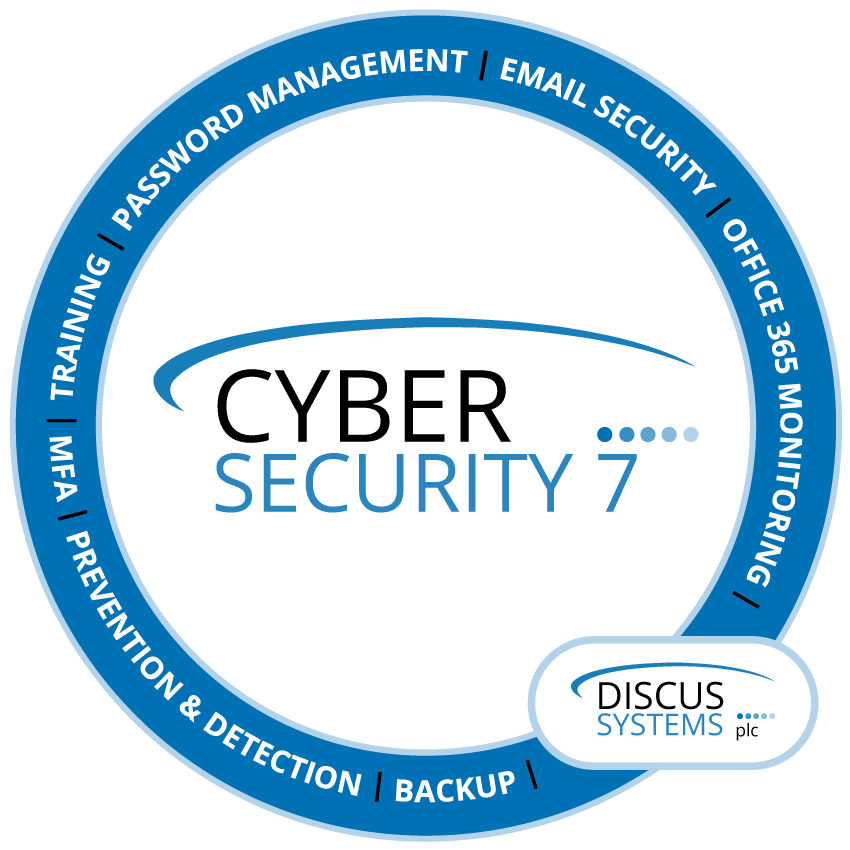In this, the first of a series of three articles explaining DMARC and email authentication, we look at why SPF, DKIM, and DMARC are the key pillars of email authentication.
The Issue
Businesses face numerous cyber threats, with email being one of the most common attack vectors. Phishing, spoofing, and malware are prevalent issues, making email security a top priority.
Effective email authentication mechanisms/protocols, therefore, like SPF, DKIM, and DMARC are ways to improve email security and are crucial in mitigating these threats, ensuring only authenticated emails reach their destination.
What Is SPF?
The SPF (Sender Policy Framework) email authentication protocol helps prevent email spoofing by allowing domain owners to specify which mail servers can send emails on their behalf, i.e. to verify the sender of an email message.
This is achieved by publishing SPF records in the domain’s DNS (Domain Name System). DNS is the internet’s system for translating domain names into IP addresses, enabling users to access websites by typing human-readable names instead of numerical codes.
When an email is sent, the recipient’s mail server checks this record to verify the email’s origin. If the server isn’t listed, the email could be rejected or marked as spam.
What Is DKIM?
DKIM (DomainKeys Identified Mail) adds an additional security layer by attaching a digital signature to outgoing emails. This signature, verified against a public key in the sender’s DNS, ensures the email’s content hasn’t been altered in transit. DKIM’s role in email authentication, therefore, strengthens the integrity and trustworthiness of email communication.
What Is DMARC?
DMARC stands for Domain-based Message Authentication, Reporting, and Conformance. DMARC is essentially an email authentication protocol designed to give email domain owners the ability to protect their domain from unauthorised use, such as email spoofing. It does this by allowing them to specify and enforce policies on how their email should be handled if it fails SPF (Sender Policy Framework) and DKIM (DomainKeys Identified Mail) checks, and it provides a way for receiving email servers to report back to the sender about emails that pass or fail these authentication methods. Essentially, DMARC is a set of rules and reporting protocols added to a domain’s DNS records to improve and monitor the security of the email ecosystem associated with that domain.
DMARC, therefore, offers a way to unify SPF and DKIM’s capabilities, allowing domain owners to define how unauthenticated emails should be handled, and it provides detailed feedback on all emails sent from the domain, aiding in the detection and prevention of unauthorised use and email spoofing.
The Evolving Email Security Landscape – Recent Changes By Email Providers
In response to a surge in email fraud and to comply with global data protection regulations like the GDPR, major email platforms are tightening their email authentication policies. For example, Google and Yahoo recently (February) expanded their guidelines for high-volume emailers. Yahoo said: “Sending properly authenticated messages helps us to better identify and block billions of malicious messages and declutter our users’ inboxes.”
As an indication of how serious the problem is, it’s estimated that half of the 300 billion emails sent per day are spam … to reiterate, that’s 150 billion spam emails sent each day! Google, for example, says it blocks a staggering 15 billion unwanted emails every day (spam, phishing, and malware).
The regulatory landscape, demanding higher standards of data privacy and security, plus the sheer volume of spam/phishing/spoofing/malware emails have now catalysed action in the form of platforms trying to enforce stricter measures.
For UK businesses, therefore, adapting to these enhanced authentication standards is crucial to ensure emails reach their intended recipients and to maintain compliance with data protection laws, preventing emails from being lost to spam folders or blocked.
The Necessity for DMARC, SPF, and DKIM
For the reasons just outlined, implementing DMARC, alongside SPF and DKIM, has now transitioned from a best practice to a necessity, hence a sudden push by many platforms to verify domains. These protocols are fundamental in validating email sources, ultimately enhancing deliverability, and protecting against cyber threats. Although it can feel like an extra hoop for businesses to jump through, their adoption ensures that businesses maintain their credibility and that their communications are effectively received.
What Does This Mean For Your Business?
For UK businesses, the implications of not implementing these email authentication protocols can be significant. Without proper setup, domains are at risk of being used for email spoofing, leading to potential data breaches and loss of customer trust. Additionally, non-compliance with the updated policies of email providers can result in emails being undelivered, affecting operations and communications.
To navigate this landscape therefore, businesses must adopt a proactive approach, regularly reviewing and updating their SPF, DKIM, and DMARC configurations to combat evolving threats. This involves not only technical adjustments but also staying informed about the latest in email security practices and threats.
It’s important to remember that adhering to these email authentication standards is not merely about compliance, it’s about securing your digital communication channels. By implementing SPF, DKIM, and DMARC, businesses can significantly reduce the risk of cyber-attacks initiated via email, safeguard their digital assets, and ensure the integrity of their email communications.
Next Time ….
In this first of three in the series, we’ve looked at understanding the basics of email authentication and its significance in the digital age, i.e. looking at SPF, DKIM, and DMARC and their importance as business cybersecurity tools.
In the next week’s (second) in the three-part DMARC Diligence Tech Insight series, we’ll be taking a look at the critical but often neglected issue of securing multiple domains, including those not actively used for sending emails. It will emphasise the importance of applying DMARC policies to these “forgotten” domains to prevent them from being exploited in cyber-attacks, offering guidance on implementing comprehensive email authentication strategies across all owned domains.


